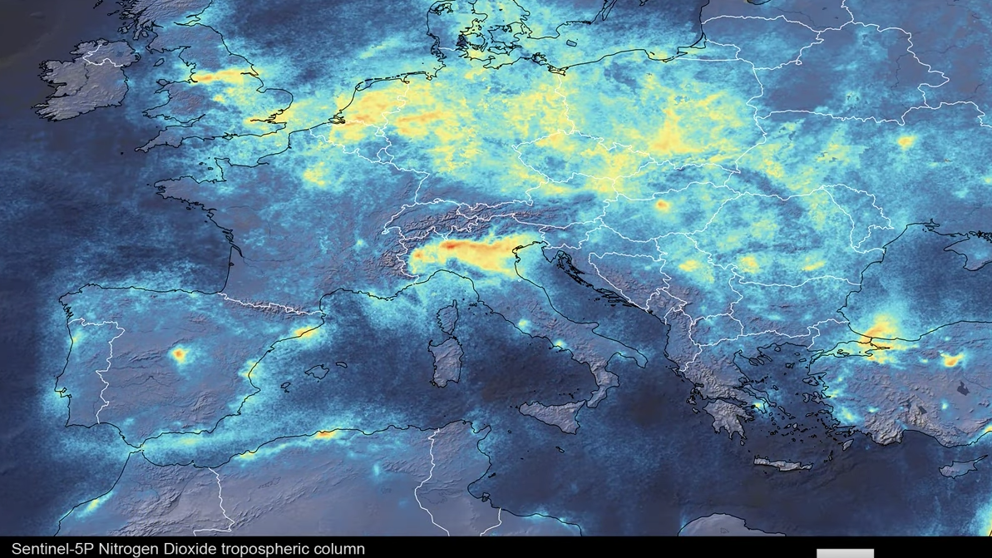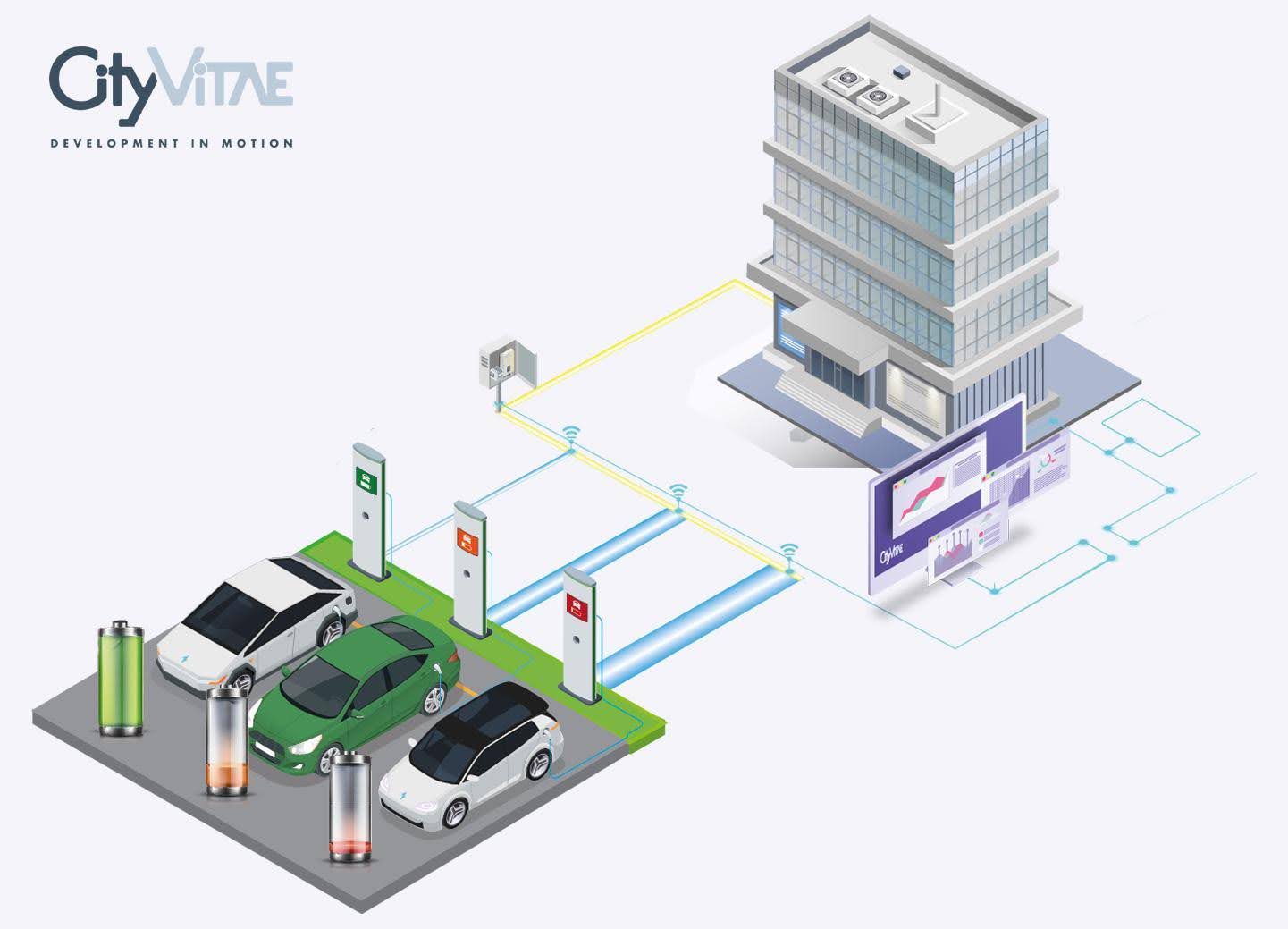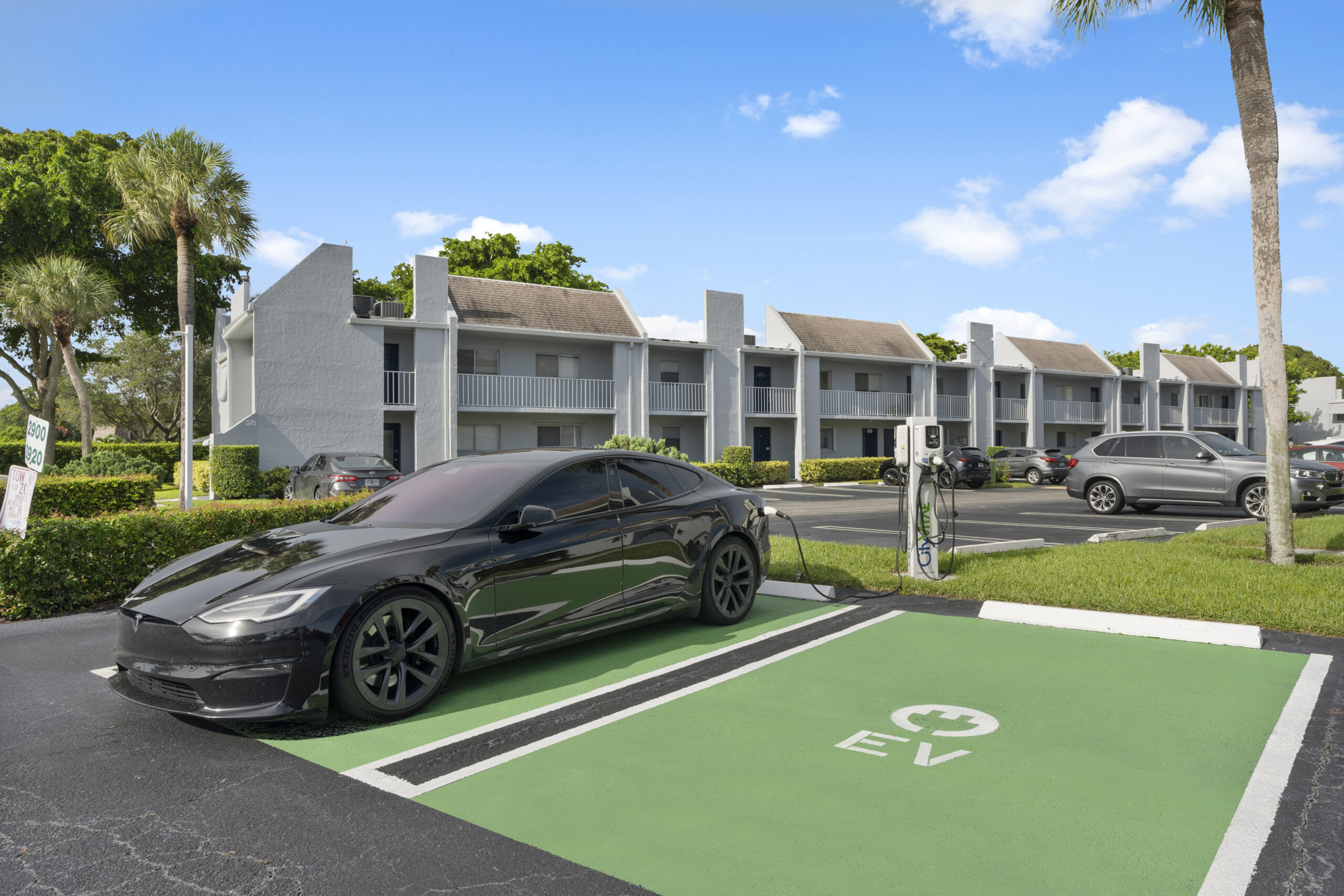With all the loss of lives and financial destruction that the coronavirus has brought us, it’s hard to look at silver linings from this crisis, but there’s one that’s becoming obvious: cleaner air.
It might not last for long, but it’s giving us a glimpse at what we could experience if the world was to rapidly transition to electric transportation.
With shelter-in-place and stay-at-home orders all over the world, passenger car traffic has been way down and people have been burning way less petrol.
Here in California, it has been almost two weeks since most people who can work from home have been staying off the road, and we are starting to see an incredible impact on the air.
I have been staying in Silverlake in Los Angeles for the past three months. We have a great view from our backyard and can see miles out. However, due to the smog that surrounds Los Angeles, we were only able to see the San Gabriel Mountains and Downtown Los Angeles a day or two after the smog is cleared by the rain — then it’s back to seeing only a few miles out.
But now it hasn’t rained in a week, and we can see further out than I’ve ever seen in the last three months: We can see all the way to the Cucamonga Peak, which is a good 50 miles from here.
Of course, that’s only anecdotal evidence, but the data is starting to back it up. Earther has produced a map of nitrogen dioxide captured from satellite images and it shows a massive reduction compared to just two months ago.
Barbara Dix, an atmospheric researcher at the Cooperative Institute for Research in Environmental Sciences at the University of Colorado Boulder, explains why nitrogen dioxide is a good indicator of emissions from fossil fuels:
Nitrogen dioxide is produced by fossil fuel burning and therefore often used as an urban pollution tracer. Burning fossil fuels directly emits a lot of nitric oxide and a little nitrogen dioxide (often referred to as NOx together), but the nitric oxide is rapidly converted into nitrogen dioxide in the atmosphere. Nitrogen dioxide can easily be measured by satellite.
To be fair, it would be important to note that weather patterns can affect nitrogen dioxide readings by satellite, but the massive change is still a good indicator.
Dix continued:
The rapid decrease we see in nitrogen dioxide due to COVID-19 is unprecedented. We are now witnessing a global experiment where one emission source is rapidly turned down (NOx), while other sources are still up or will decrease more slowly. A lot of atmospheric science will come out of this.
The data gathered during the crisis is expected to be used to better understand how human activity produces emissions in different regions.
The electric vehicle revolution.
While this positive impact of the coronavirus outbreak isn’t likely to last long, it’s a great demonstration to show the powerful impact that widespread electric vehicle adoption could have on the air we breathe.
If everyone who is staying home these days were driving electric cars powered by renewable energy when they go back to their regular commute, we would keep this incredible air quality going forward.
We are still quite far from that goal, but we could take this opportunity to double down our effort to accelerate electric vehicle adoption.
The Democratic Party was trying to include measures to do just that in the latest stimulus package for the coronavirus crisis, while the Republican party was trying to use it to bail out the US oil industry:
The new stimulus package is hiding a bailout of the fracking industry, which was already dying before the coronavirus pandemic. The solution is simple here. Use this opportunity to boost EVs, solar, and related supply chain + programs to transition workers https://bit.ly/2UOKHwG
— Fred Lambert (@FredericLambert) March 24, 2020
Neither party managed to get what they wanted, but the good news is that the oil companies didn’t get money, and that could spell trouble for them.
In turn, it could push more politicians to see that the best path for US energy independence and security would be a rapid adoption of electric vehicles and renewable energy to power those electric vehicles.
On top of cleaner air, it would create more local expertise in electric vehicles, which means a bigger part of EV manufacturing and related supply chains — resulting in more jobs in the US. It’s a win-win-win scenario.
The best way to make it happen is a significant and comprehensive carbon tax, but this is a tough one to get by US legislators.
Do you have any other suggestions? Let us know in the comment section below.





